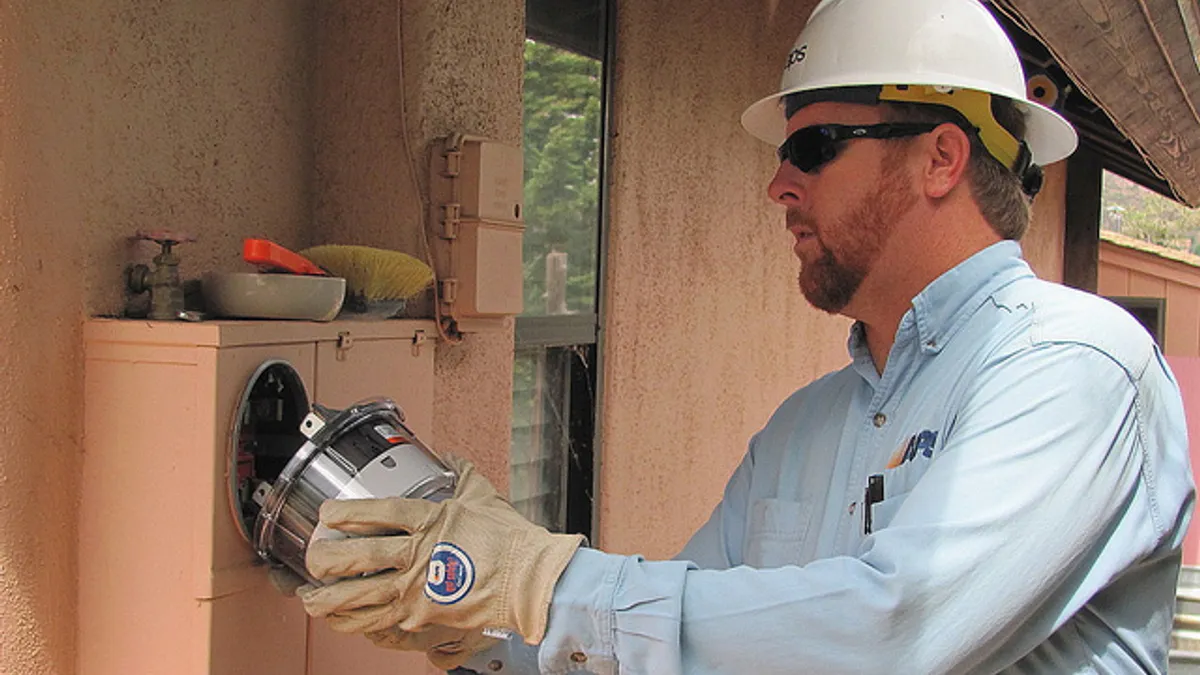Dive Brief:
- Portland General Electric (PGE) unveiled on Thursday plans to build "smart grids" serving 20,000 people in three towns, scaling up clean energy technology more commonly seen in a microgrid in order to boost grid decarbonization efforts.
- The Oregon towns of Hillsboro, Portland and Milwaukie will make up PGE's Smart Grid Test Bed, where the utility will leverage advanced communications capabilities and distribution system upgrades to deliver demand response signals to customers using a range of smart-home technologies. Almost all of the utility's customers have been using smart meters since 2010.
- Construction of the test bed will require PGE to upgrade existing feeders and substations with advanced automation distribution technologies that include sensors, processors and communication devices that the utility says can improve reliability and service quality.
Dive Insight:
With most of PGE's customers already utilizing smart meters, the utility is now looking to scale up its decarbonization efforts using smart grids. PGE will "integrate smart grid technology on a scale never before attempted in the United States," the utility said in a statement.
The larger scale of the test bed will help the utility accelerate its shift towards a more modern grid, PGE CEO Maria Pope said in a statement. "This first-of-its-kind project will leapfrog over other smart grid efforts, enabling PGE to gain and share learnings that will aid the entire industry," she said.
PGE said that during the pilot the company will continue to connect consumer devices already deployed, such as smart thermostats and water heaters, and will also invite customers to "install energy storage devices, including batteries and electrical vehicle chargers, at their home or business."
Milwaukie is working towards being a carbon neutral city by 2040 and Mayor Mark Gamba pointed to the recent warnings from the United Nations that time is running out to reverse climate change.
"Given the recent UN report, the urgency of rolling out cutting-edge technology that aims for a carbon free near-future is critical," Gamba said in a statement. Beyond helping to meet environmental goals, he also said the improved grid infrastructure "creates resiliency in the face of more and more violent storms."
PGE has been working on a variety of fronts to bring more renewables onto the grid, particularly for larger customers. In April, the utility proposed a voluntary green tariff available to large business and municipal customers, allowing them to purchase renewable power directly from new solar, wind or other renewable energy facilities.
Oregon is currently targeting 50% renewable energy by 2040, though the state has considered 100% clean energy standards.















